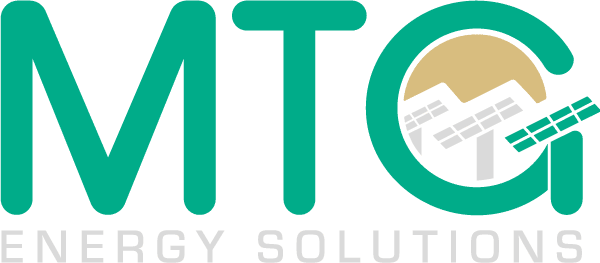Our planet revolves around the sun at the optimum conditions that sustain life. The light from the sun contains vast amounts of energy, when it hits an object, it causes heat to be transferred. But with some materials found on Earth, sunlight has another, equally profound effect.
How a solar cell works
Take silicon for example. As the sun strikes it, electrons are dislodged which creates an electric current. The amount of electricity produced depends on the purity of the crystal used.
Solar power is a renewable source of power, meaning it is an unlimited source. The challenge is to find a way of harnessing this power and making it cheaper and more sustainable.
At the moment, we use large solar panels that incorporate silicon photovoltaic cells. In the future, we may be able to produce cheaper and more carbon-friendly materials that do the job better.
How Solar Energy Powers Our Homes
Unless you have been living in a cave for the last twenty years, you’ll know that we need to find greener ways to live. You’ll also have noticed those glass panels on top of roofs where people have solar panels installed. The cells inside a panel create a DC current which is then fed into an inverter that changes it to AC. That can then either be used to power a house, stored in batteries, or passed onto the National Grid.
Several things influence how much electricity an array of solar panels produces. First, it needs to be at the optimum angle and facing the right way. Secondly, the quality of the cells make a difference and often influence the size of the installation. Finally, the more panels you have and the bigger the array, then the more electricity you will have the potential of producing.
Solar panels normally have a 25-year lifecycle.
You can also earn money back by selling the power you generate to the energy companies.
Solar Energy on a Grand Scale
It’s not just on roofs that you see solar panels doing their stuff. Over the last few years, solar farms have started to proliferate. Acres of land have been taken up by huge arrays of panels that provide valuable electricity for the grid. Despite recent government cuts, green technologies in the renewable industry are still thriving. This offers a chance to help the environment and make a profit at the same time.
Solar farms are also being funded in a variety of ways. In some places, communities are coming together to find the money themselves. With other developments companies are willing to take on the investment in exchange for the ROI. As with most large-scale solar farms they have their detractors, mainly from people who think they are an eyesore or believe they are not as efficient as many make out.
Solar Energy Myths
Solar panels need a hot, sunny day to work properly.
Actually, that’s not strictly true. Solar panels work at their best at lower temperatures. That’s why the UK is good for producing electricity from them and they even produce on cloudy days.
Solar power means an unstable electricity supply.
Far from it. If you have the right size array for your property you will probably make excess for your needs. Even so, you will still be connected to the grid and any shortfall can be made up from there.
Solar energy is too expensive.
Yes, the initial cost of installing solar panels may seem daunting to some but the return is pretty good. You could be making extra money and have paid off your loan within 6 or 7 years.
Solar panels need a lot of maintenance.
This is not true. If you’ve had your array installed by a reputable company then your panels should last for the next 20-25 years.
Solar panels will reduce the value of my house.
Actually, with people’s awareness growing and an increasing desire to incorporate renewables into our everyday lives, having solar panels may well increase the value of your property.
